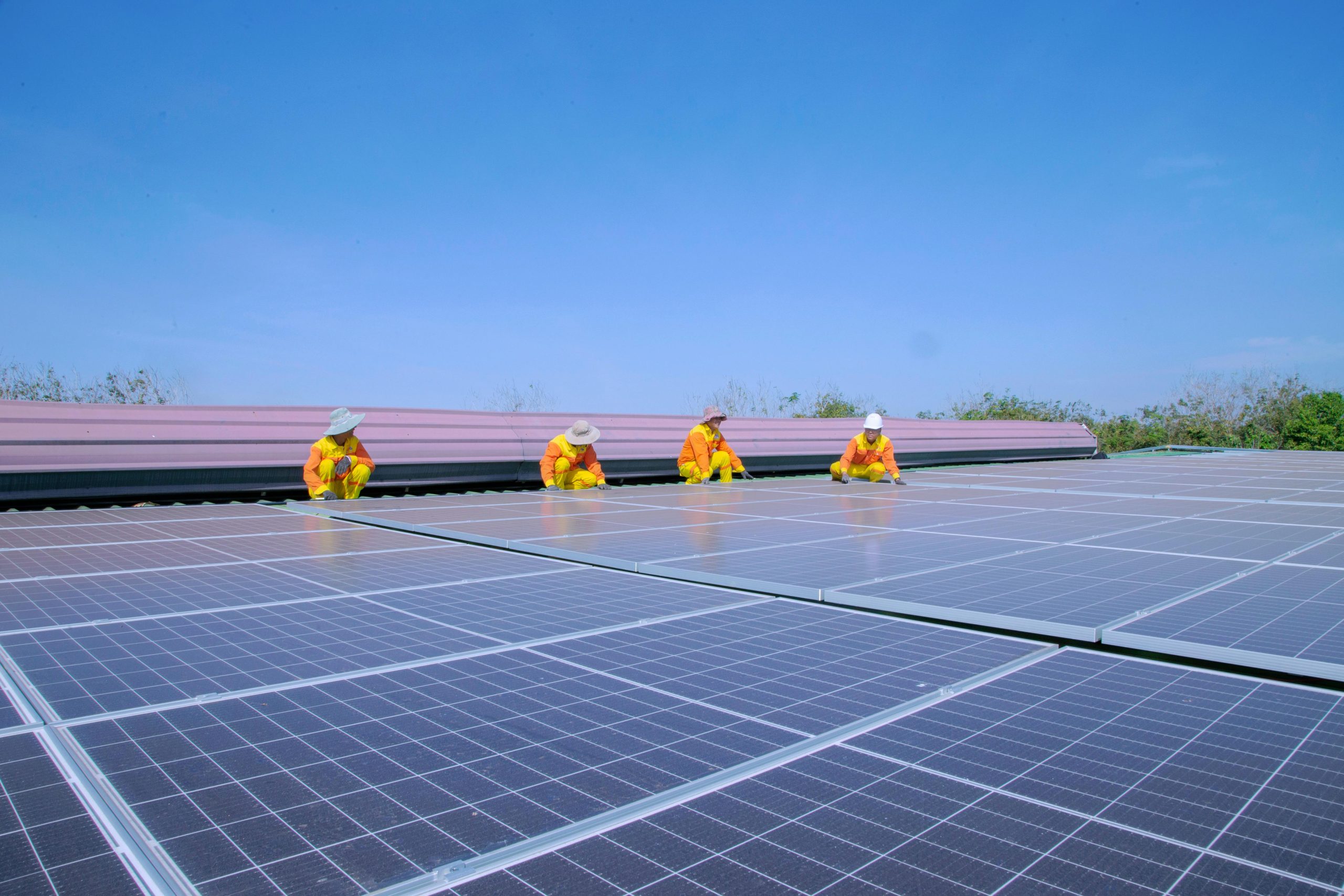Remember when solar panels felt like a futuristic gadget, something reserved for space missions or the most ardent environmentalists? Fast forward to today, and solar energy is a mainstream, rapidly expanding power source that’s reshaping our energy landscape for the better. The journey from niche technology to a cornerstone of our energy future has been marked by incredible positive transformations.
Let’s dive into some of the most significant ways solar has positively changed over the years:
1. Astronomical Cost Reduction: The Biggest Game Changer
This is arguably the most impactful change. A decade or two ago, installing solar panels was an expensive proposition, often limiting access to a select few. Today, the cost of solar photovoltaic (PV) panels has plummeted dramatically. We’re talking about an over 80% decrease in the cost of solar electricity since 2010!
This remarkable cost reduction is due to several factors:
- Technological advancements: More efficient manufacturing processes and material innovations.
- Economies of scale: As demand grew, production scaled up, driving prices down.
- Increased competition: A burgeoning market has fostered innovation and competitive pricing.
This affordability has opened the floodgates, making solar a viable and often cheaper option than traditional electricity for homes, businesses, and even entire countries.
2. Efficiency Soars: More Power from Less Space
Early solar panels were, by today’s standards, not particularly efficient at converting sunlight into electricity. You needed a lot of panels to generate a decent amount of power. Over the years, relentless research and development have led to significant improvements in cell efficiency.
Modern solar panels can convert a much higher percentage of sunlight into usable electricity. This means:
- Less rooftop space needed: Homeowners can generate more power from a smaller area.
- Higher output from solar farms: Large-scale installations can produce more electricity per acre.
- Better performance in varying conditions: Improved efficiency means panels perform better even on cloudy days or in less-than-ideal angles.
3. Aesthetics and Integration: Blending Seamlessly
Let’s be honest, early solar panels weren’t always the most visually appealing. They often looked bulky and stood out. Today, designers and engineers have made huge strides in aesthetics and integration.
We now see:
- Sleeker, low-profile panels: Designed to blend more seamlessly with modern architecture.
- Solar tiles and shingles: Innovative products that mimic traditional roofing materials, making solar virtually invisible.
- Building-integrated photovoltaics (BIPV): Solar technology directly incorporated into building materials like facades and windows, turning structures themselves into power generators.
Solar is no longer just an add-on; it’s becoming an integral and often beautiful part of building design.
4. Storage Solutions: Powering Through the Night (and Outages!)
A key limitation of early solar was its intermittency – it only produced power when the sun was shining. This made reliance on the grid essential. The rapid advancement and cost reduction of battery storage technologies have been a game-changer.
Home and grid-scale batteries allow us to:
- Store excess solar energy: Generated during the day for use at night or during peak demand.
- Increase energy independence: Reducing reliance on the grid, especially for homes and businesses.
- Enhance resilience during outages: Providing backup power when the main grid goes down, a critical benefit for regions prone to extreme weather.
This integration of solar with storage unlocks a whole new level of energy security and flexibility.
5. Accessibility and Global Adoption: A Worldwide Phenomenon
Years ago, solar was primarily a pursuit of developed nations. Today, its affordability and versatility have made it a global phenomenon. From remote villages in developing countries finally gaining access to reliable electricity for the first time, to major economies rapidly transitioning away from fossil fuels, solar is empowering communities worldwide.
The growth of solar has also created millions of jobs globally in manufacturing, installation, and maintenance, fostering new industries and economic opportunities.
The Sunny Future Ahead
The transformation of solar energy over the past few years is nothing short of remarkable. What was once a niche, expensive technology is now a powerful, accessible, and increasingly essential solution for a sustainable future. As innovation continues and global adoption accelerates, the positive changes solar brings to our lives and our planet will only continue to shine brighter.

